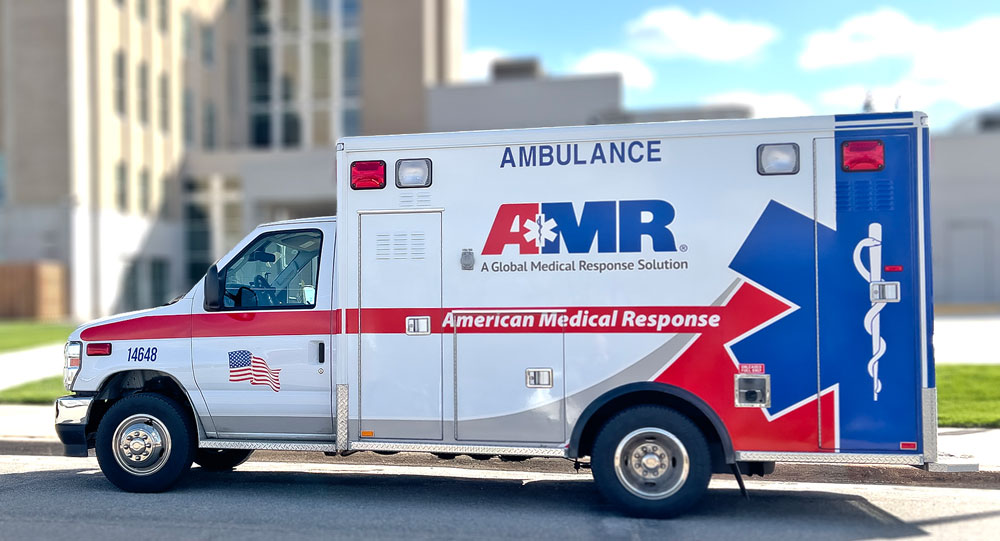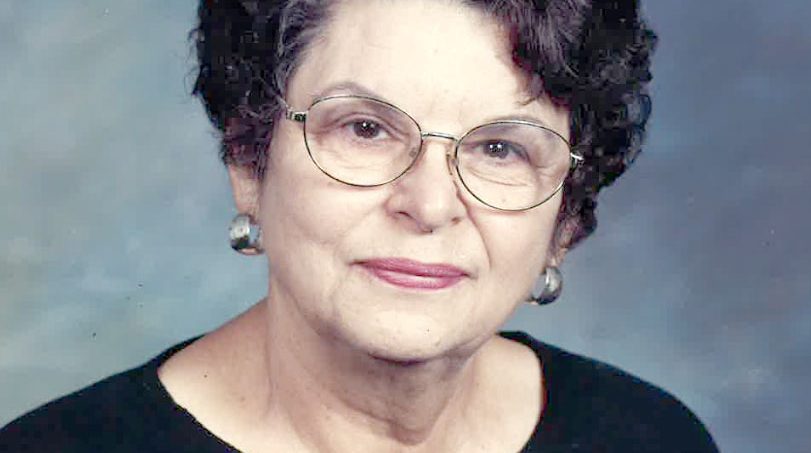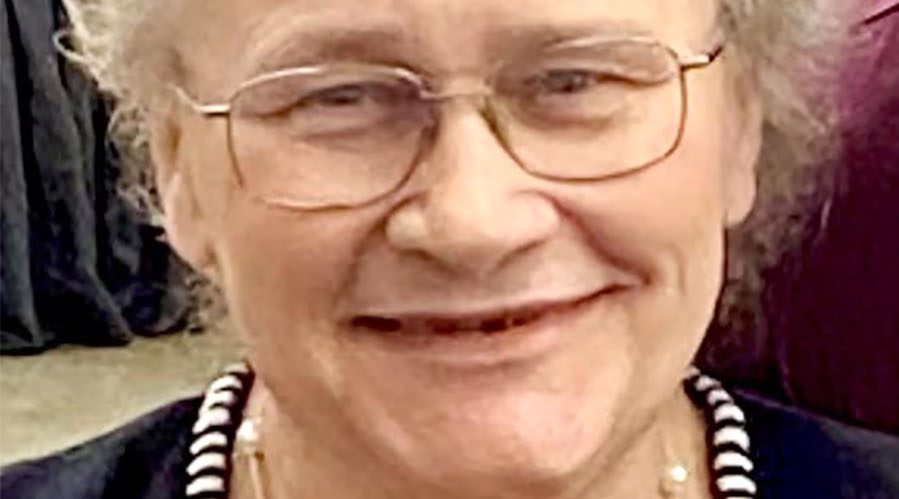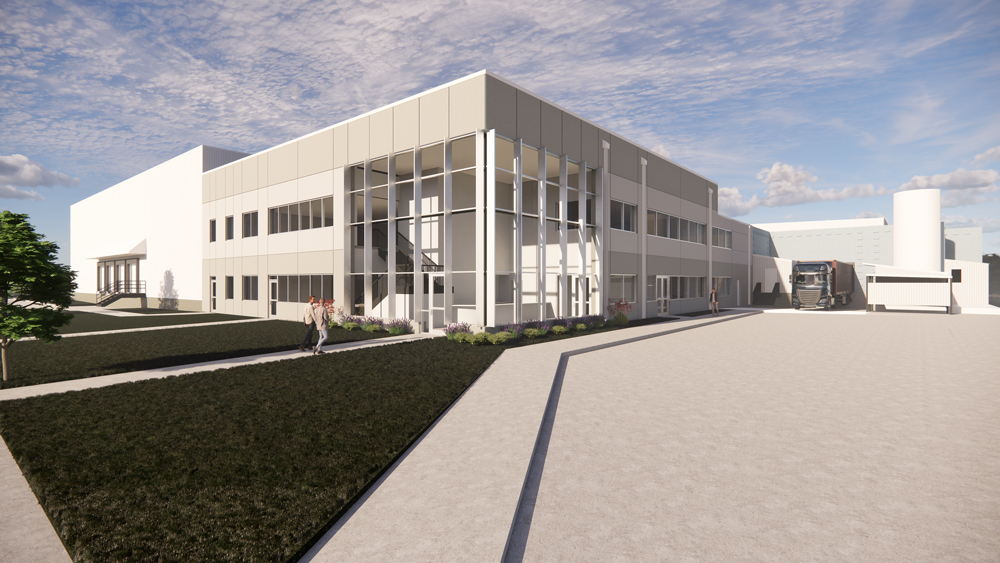Forsyth’s radiant pigs
Forsyth’s radiant pigs
Area family supplements farming with show pigs
Amie Johansen
amie@charlescitypress.com
Driving along Highway 14 a bright orange sign catches the eye: Forsyth Show Pigs. Just like a commercial hog, a show pig ultimately ends up at market. A show pig, however, lives a different life before it becomes an entree.
According to Joel Forsyth, co-owner of Forsyth Show Pigs along with his brother Mark, the difference between a commercially produced hog and a show pig is a common curiosity.
“Commercially, hogs that go to market are fast growing, lean, efficient animals, show pigs, in general, have more muscle” Forsyth said. He described the show pig design and features as being more stout.
As a show pig breeder, Forsyth’s main priority is not necessarily to get as many pigs born, finished and sold. Instead he looks to preserve the quality of the animal. A lot of time is spent researching and studying their stock’s genetics, Forsyth said. “We know the genetics of momma, grandma and daddy,” he said. Knowing a young pig’s potential makes it easier to determine which gilts — young female pigs — should be kept to replace the breeding sows.
“We keep a certain percentage of top gilts,” Forsyth said.
Even with the advantage of knowing the gilt’s genetic background, selecting gilts to replace their 50 breeding sows at a young age can be tricky.
“Sometimes it is easier to select at market stage (rather) than feeder stage,” he said.
Forsyth and his brother try to select gilts during slower times of the year.
“We will keep some top end gilts at different times of the year when there is less demand for gilts,” Forsyth said.
Forsyth Show Pigs see the biggest demand from their customers twice a year.
“On our show pig sows, there is higher demand in the spring and fall,” he said.
Forsyth explained spring pigs are typically sold around the Midwest to FFA and 4H participants who plan to show the animal during the summer fair season. Fall pigs are sold more frequently in the Southwest as their fairs are held in February and March.
Exhibitors interested in showing a quality show pig have come from all across the United States to purchase a Forsyth Show Pig.
“We do sell pigs to Texas, Oklahoma, basically all over, clear to California,” he said. “There are families that travel quite a long distance. When you have the right kind of genetic package, distance doesn’t matter.”
Forsyth and his brother do not breed a specific type of hog. “We have all crossbreds,” he said. “We have had better success with raising crossbreds.”
The Forsyth brothers have 50 breeding sows at a given time and less than five boars. “We maintain about three or four boars on the farm,” Forsyth said. “They aren’t overly used, we have them around for genetic potential.”
Each year, roughly 100 litters pass through the Forsyth operation.
“We have 50 sows (and each has) two litters each year,” he said. Show pigs will give birth to eight or nine piglets in a litter whereas commercial hogs typically have at least 10 piglets to a litter.
According to Forsyth the pigs that are not sold for show are sent to market.
“Any pigs we don’t sell go to Tyson’s,” he said. “(They) require market hogs to be 230 to 300 pounds. Most of ours are 270 to 280 pounds.”
Perfecting the show pig has been the Forsyth brothers’ goal for the past 20 years. Both Joel and Mark graduated from Iowa State with degrees in animal science. Mark Forsyth graduated in 1985 and returned to the home farm where he began to raise show pigs. When Joel Forsyth graduated in 1992, he joined his brother. Together they began building a reputation for quality show hogs.
“It’s a small part of our whole farming operation,” Forsyth said.
Joel Forsyth, along with his brother Mark, have spent the last 20 years researching and studying their stock’s genetics in order to produce high demand show pigs.









Social Share